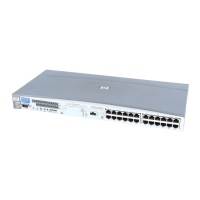O
ojonesAug 8, 2025
How to fix HP Data Protector services not visible in the HPOM Console?
- KKelly GarciaAug 8, 2025
If HP Data Protector services aren't visible in the HPOM Console, ensure that the Service Discovery policies in the policy groups from Policy Management > Policy Groups > SPI for DataProtector > DPSPI NT POLICIES > DP_Service_Discovery is deployed on the HP Data Protector CM node. To check that the policies are correctly deployed, right-click on the node and select View > Policy Inventory and ensure that the Service Discovery policy is present. Also, check the service discovery log at OvAgentDir\log\javaagent.log on the HP Data Protector CM node for error messages.








